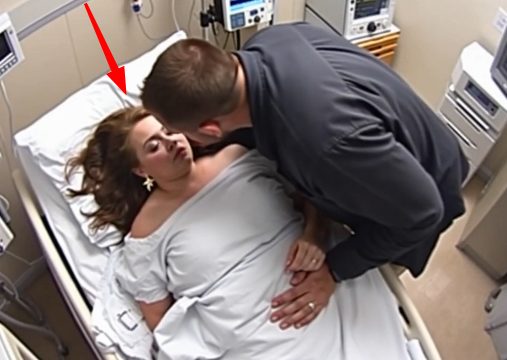Your body is remarkably good at dispatching quiet distress calls when something is off, and those whispers can show up long before any scan or blood test proves cancer is present, which is why tuning in rather than shrugging things off can genuinely save your life. Physicians stress that many of the earliest clues are indirect.

Consider a sudden wheeze or stubborn shortness of breath: countless lung-cancer survivors remember that vague respiratory change as the very first odd sign even though they initially blamed pollen, exercise, or a lingering cold. Persistent low-grade fevers or repeated infections follow the same pattern in leukemia, where abnormal white blood cells crowd out the healthy defenders that normally keep germs at bay. Difficulty swallowing may point to throat cancer yet can also appear when a lung tumor presses on the esophagus. Deep, unexplained fatigue pops up across almost every malignancy and becomes especially worrisome when paired with other clues. Likewise, feeling full after only a few bites or losing your appetite altogether often marks the earliest stage of ovarian cancer.
Some hints are more visible. Bright red blood in the stool, streaks on tissue, or dark tarry output demand immediate attention because colorectal tumors frequently bleed first and hurt later. Painless lumps in the neck, underarms, or groin signal swollen lymph nodes and can indicate that the lymphatic system is fighting hidden disease. Unusual bruising or cuts that bleed far longer than normal suggest platelet trouble tied to leukemia. Sudden, unrelenting belly bloat or unexplained abdominal weight gain is one of the most common early complaints from women later diagnosed with ovarian tumors.
Rapid, unexplained weight loss—even if it feels like a diet victory—may reveal colon or other digestive cancers or crop up after disease reaches the liver and hijacks metabolism. Pay close attention to breasts that become red, warm, or swollen, or to a nipple that suddenly flattens or turns inward; these are classic signs of inflammatory breast cancer. Pain provides its own set of clues. Unusually heavy periods, bleeding between cycles, or stubborn pelvic cramps can point to endometrial or uterine cancer. A cough that lasts more than three weeks or chest pain that mimics bronchitis may actually originate from leukemia or lung tumors. Chronic pelvic or lower-belly aches often accompany ovarian cancer, while leukemia can enlarge the spleen and cause a similar dull discomfort.
Persistent pain in the back or specifically under the right rib cage can be the first sign that cancer has settled in the liver; breast tumors pressing against the chest wall or spreading to the spine can trigger the same misery. Finally, recurring stomach cramps, gas, or indigestion sometimes signal colorectal cancer rather than a simple food reaction. None of these signals automatically means you have cancer, so there is no need to panic—but do bring persistent, unexplained, or worsening symptoms to a qualified physician who can decide whether imaging, blood work, or a biopsy is warranted. Early detection remains the most reliable path to survival. Healthy habits cannot offer an ironclad guarantee, yet they clearly tilt the odds in your favor: eat a balanced diet rich in produce and lean protein, exercise regularly, maintain a healthy weight, keep your vitamin D within the recommended range, avoid tobacco, limit alcohol, and choose lower-toxicity cleaning and beauty products whenever possible. Regular wellness visits, timely colonoscopies, mammograms, Pap tests, skin checks, and low-dose CT scans for long-time smokers give doctors a fighting chance to intercept problems early. Because cancer is really a family of diseases, a signal that seems minor to one person may be the critical clue for someone else, so trust your intuition. Keep a health journal, document persistent changes, and advocate for yourself until you get answers from qualified medical professionals promptly.





